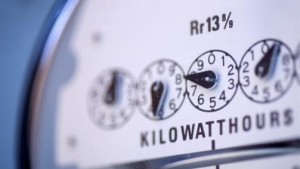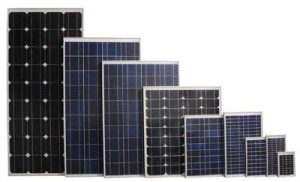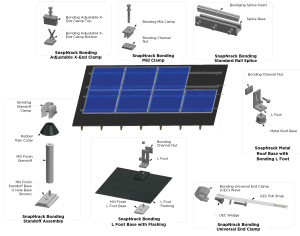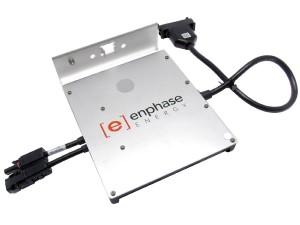Solar photovoltaic cells, typically made from silicon alloys, convert the sun’s energy in to direct current (DC) electricity. Strings of photovoltaic cells are encased in a rigid frame and connected together to make up a solar panel. Panels are typically installed on a rooftop to maximize their exposure to the sun. Multiple panels are required to meet the electricity requirements of an average household.
Rooftop Racking
Racking for solar system is placed just above the existing roof. Racking connects through small penetrations into footings, which are mounted directly into the roofing truss, which is the strongest part of the roof structure.
Inverter
The DC power that is created by the solar panels is sent to an inverter, which converts the power to alternating current (AC) electricity, which is the type of
power that is used in the home.
Utility Meter & Grid
The utility meter is an existing part of your electrical system and serves to monitor your electricity usage. Once your Solar power home system is connected,  your utility meter
your utility meter
will now serve a dual purpose: it will also track the amount of electricity that you generate in excess of your usage (this is called net-metering). Amounts generated in excess of your usage are fed automatically back into your utility’s grid (that is, the delivery system of electricity to homes within a given service area), becoming available for use by others.
 your utility meter
your utility meterwill now serve a dual purpose: it will also track the amount of electricity that you generate in excess of your usage (this is called net-metering). Amounts generated in excess of your usage are fed automatically back into your utility’s grid (that is, the delivery system of electricity to homes within a given service area), becoming available for use by others.
(don’t worry—you get credit for this!).



